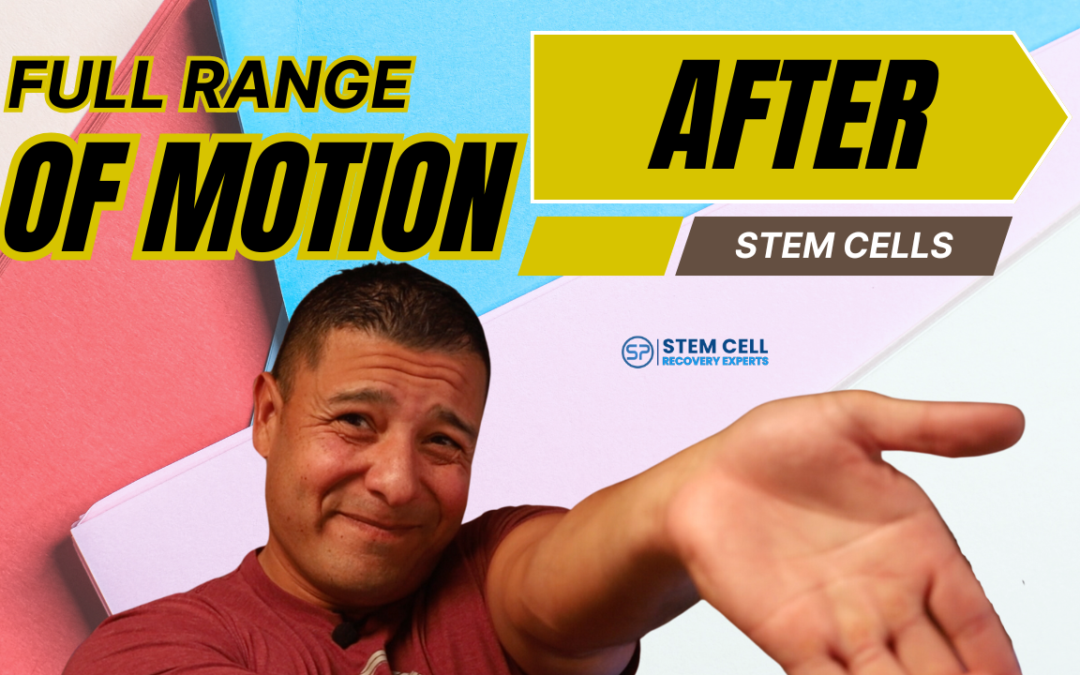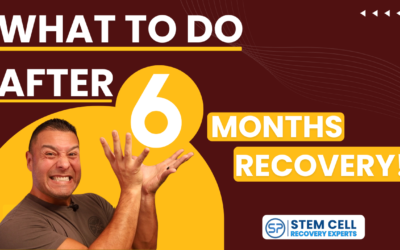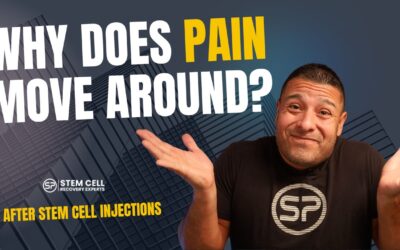“When To Start Full Range Movements After Stem Cell Recovery“
Recovering from stem cell therapy can be an exciting yet confusing journey. One of the most common questions is: When can I start full mobility exercises? Understanding the right timeline can prevent setbacks and maximize the success of your recovery. Here, we break down the critical phases of recovery after stem cell injections and when to safely begin full-range movements.
Phase 1: The First Two Weeks
Immediately after your stem cell injections, your body is in its initial healing phase. The joints may feel stiff and swollen due to the liquid or substance injected into the area. Here’s what you need to know during this phase:
-
Avoid stretching, mobility exercises, or any form of physical therapy.
-
Focus solely on daily activities such as walking or light household tasks.
-
Let the stem cells do their work by reducing inflammation naturally.
This phase forms the foundation of your recovery. Interrupting this process can hinder the effectiveness of the treatment.
Phase 2: Weeks 2 to 6
During this phase, the swelling and stiffness will begin to subside, and you may feel ready to move more. However, it’s essential to ease back into activity gradually:
-
Start with light bodyweight exercises and gentle movements.
-
Work with a physical therapist to ensure safe, guided progress.
-
Avoid full mobility exercises; this phase is about opening up the joints and improving flexibility slightly.
The goal here is to prepare your body for more intensive exercises while continuing to protect the treated area.
Phase 3: Weeks 6 to 12
This is the phase where you can start to introduce more dynamic movements and exercises:
-
Begin full mobility exercises such as bodyweight squats, arm movements, and controlled stretches.
-
Gradually increase your range of motion while monitoring your body’s response.
-
Activities like yoga and Pilates should be introduced cautiously, ideally after week 12.
By this stage, your joints have transitioned from inflammation to strength-building, setting the stage for full recovery.
Common Mistakes to Avoid
Many patients make the mistake of starting full mobility exercises too soon, typically between weeks 2 and 6. This can lead to:
-
Joint flare-ups and discomfort.
-
Setbacks in the recovery process.
-
Doubts about the effectiveness of the treatment.
To avoid these issues, stick to the recovery timeline and seek guidance from a recovery specialist or physical therapist.
Recovery Pyramid: Building a Strong Foundation
Think of your recovery as a pyramid:
-
Weeks 0–2: Rest and let the stem cells work.
-
Weeks 2–6: Build flexibility with light, guided exercises.
-
Weeks 6–12: Transition to full mobility and dynamic movements.
By following this structure, you’ll progress safely and effectively through each stage.
Tailored Guidance for Your Recovery
Every patient’s body responds differently to stem cell therapy, which is why individualized recovery plans are so important. If you’re unsure whether you’re on the right track, consult with a recovery expert. Whether you’re looking to return to yoga, Pilates, or any other activity, personalized guidance ensures you’re making progress without setbacks.
Conclusion: Trust the Process
Recovery from stem cell therapy requires patience and a clear plan. By understanding the appropriate timeline for mobility exercises, you can avoid complications and build a strong foundation for long-lasting results.
Need More Guidance?
For more resources or assistance with your recovery, feel free to contact the Stem Cell Recovery Experts who specialize in stem cell rehabilitation. For more recovery tips and long-lasting results, feel free to call us (619-397-1391). We’re here to help!
If you found these tips helpful, don’t forget to subscribe to our YouTube channel (CLICK HERE) for weekly updates on how to recover safely and effectively after stem cell therapy.
If you’re a visual learner, check out the YouTube video I created on this topic:
Sincerely,
Dr. Chris Garcia, PT, DPT, SCS, CSCS, USAW

“Dr. Chris Garcia is the world-renowned expert on stem cell recovery, internationally recognized public speaker, and trusted advisor to physical therapists globally.”
What To Do After 6 Months of Recovery from Stem Cell Therapy
"What To Do After 6 Months of Recovery from Stem Cell Therapy"Are you approaching six months post-stem cell injections and wondering what’s next? Many people are uncertain about whether they need to continue any specific recovery steps. Let’s break down what you...
How to Decide if You Need Another Round of Stem Cell Injections After 6 Months
"How to Decide if You Need Another Round of Stem Cell Injections After 6 Months"Stem cell therapy has become a popular solution for those seeking a natural alternative to surgeries and traditional treatments like cortisone shots or PRP injections. If you’ve had your...
Why Does the Pain Move Around After Stem Cell Injections?
"Why Does the Pain Move Around After Stem Cell Injections"If you’ve recently undergone stem cell therapy and are noticing random pain that seems to shift around your body, you’re not alone. Many clients experience this and wonder if it’s all in their head. Here’s the...



